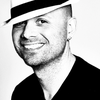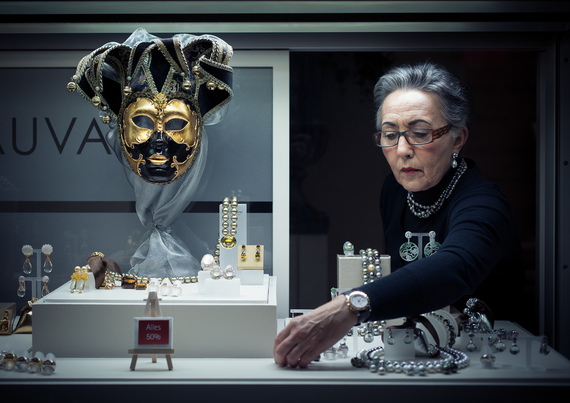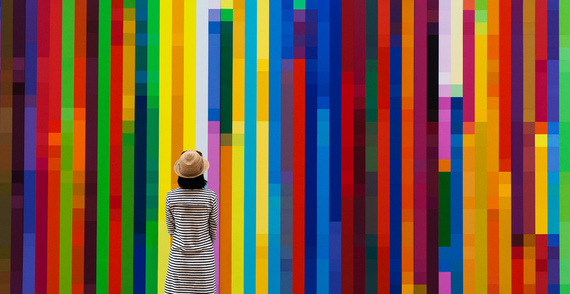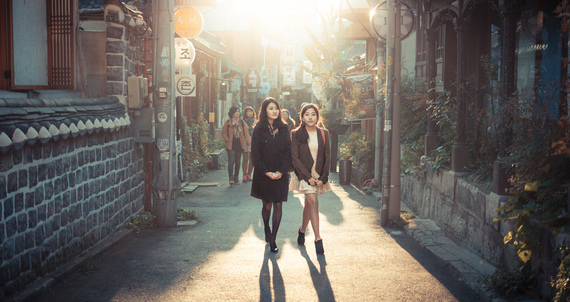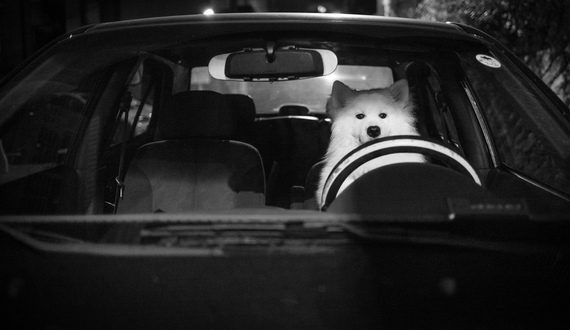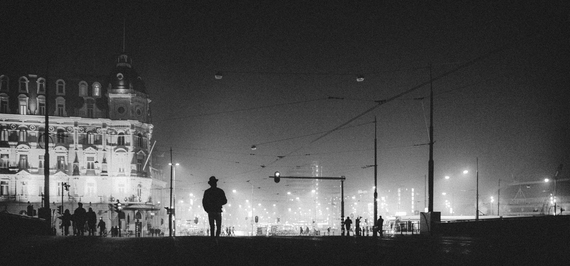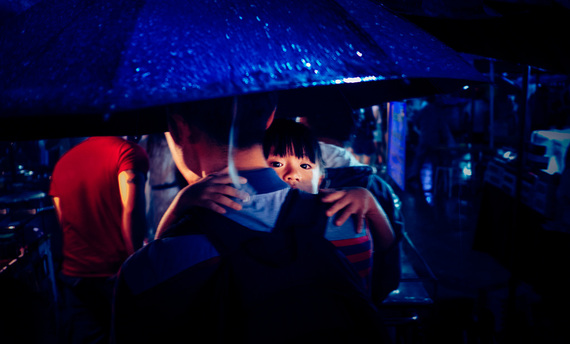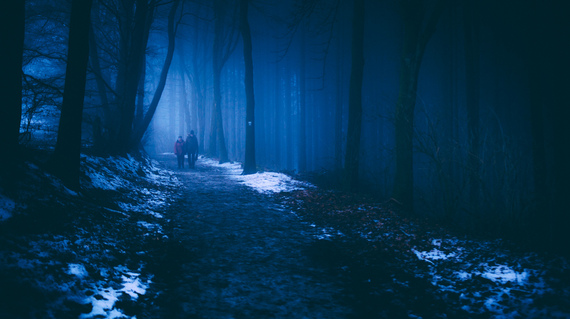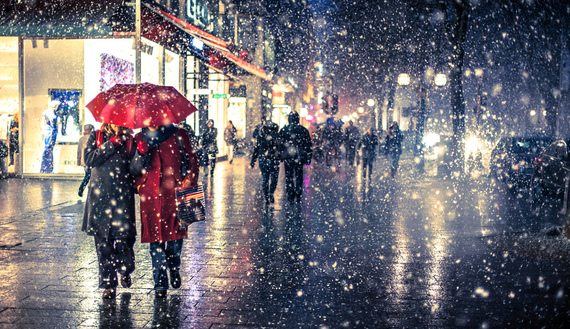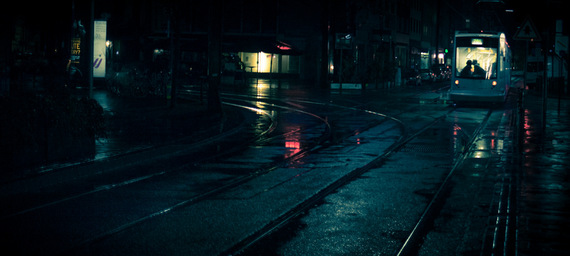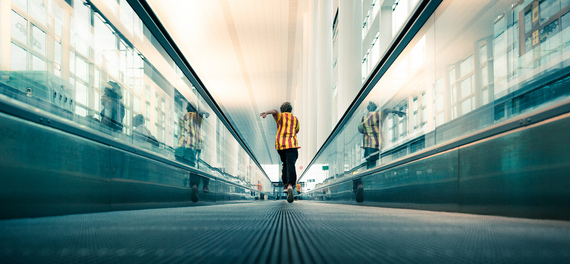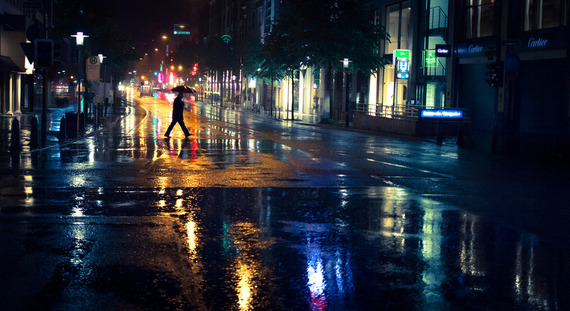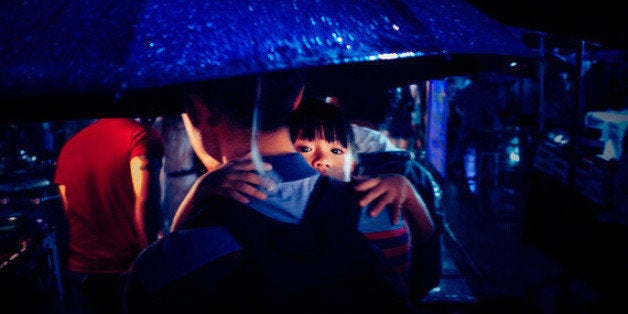
Marius Vieth first contacted me about a year ago to ask if I had any interest in writing about his "Broken: Amsterdam" project. After looking over the portfolio, I was intrigued. Then, life and a bunch of other things got in the way - until now. Finally, we both found a few minutes to sit down and talk street photography. Marius is a nice guy with ambition and humility, a combination seemingly rare in street photography. Oh, and another unique element, Marius' work takes a step back, rather than going in close. Close is good, but it is also so heavily emulated now. It's refreshing, somehow, to see street images with so much atmosphere around the human element. This conversation is full of wisdom and good advice from an emerging street photography star, enjoy!
Michael Ernest Sweet: Marius, how did you come to be involved in street photography?
Marius Vieth: I bought my first camera in 2011. For two years I took photos of everything around me, but I just couldn't feel any of my photos. Although it was always fun, it really bothered me after a while. At the end of 2012 I was about to quit photography. I thought to myself, if I go out, I want to do it with a bang. All in or nothing! Without any preparation, I started a 365 project and throughout the course of the year I discovered street photography. All of a sudden a fire lit in me and I was more and more able to pour all my vision, heart, and soul into my photos. I always told people I was doing market research for a living, but I was actually living for photography. At a certain point I couldn't take it anymore. I quit my day job and I've dedicated my life to photography ever since.
Michael: Brave boy indeed, especially quitting for street. Why not studio or travel, something more lucrative for example?
Marius: One of the reasons why I wanted to quit photography was that I couldn't even take portraits. To this day it feels incredibly awkward and I really loathe it. I thought to myself, if I can't even do what everyone else does and loves, what is it all good for? What always fascinated me though was observing people and the human landscape. I never knew how to creatively express that until I discovered street photography. For me, it's the most intimate way to connect your inner universe with the outer universe. It's an incredibly artistic genre that allows you to express yourself and take self-portraits through strangers in a highly creative way. Since I'm driven by a deep love for all the life around me, I love to capture golden, authentic moments. A studio with artificial lights and staged shots doesn't give me the same satisfaction, unfortunately. While travel photography certainly overlaps with street photography, and I produce most of my photos on my travels, I would refer to my photos as street photos. No matter what you call it, at the end of the day I love capturing the stranger in me.
Michael: What equipment do you use and why?
Marius: Although I would love to experiment with film one day, I only shoot digital. I've done my 365 project with a used 5D Mark II and a 50mm lens, then a 35mm and, eventually, a 24mm lens. I sold and bought these lenses in line with how my style developed. I realised more and more that I loved wider scenes and a smaller human element. That's why I ended up with a 24mm lens in the end. My philosophy was always one body, one lens. I wanted to focus as little as possible on gear and as much as possible on finding creative solutions to express myself.
In 2015 something crazy happened. My precious 24mm L-lens lens fell to the ground and the focus was completely broken. Since I always look on the bright side, I fell in love with this blurry look and created a set about broken characters, with a broken lens, by a former broken soul, in the red light district of the Dutch capital called "Broken: Amsterdam". To this day I still have the used 5D Mark II with my broken lens and I've recently produced "Broken: Bangkok". Since I also continue my classic signature, I got myself a Fujifilm XT1 and a 18mm lens. To be honest, I rarely think about gear nor do I talk much about it. I try to keep the focus as much as possible on the most important gear you have: your eye, heart and soul.
Michael: Great advice. I too have loathed the gear craze that lingers in street photography. I'm now working exclusively with disposables, actually. I love the broken lens idea. Disposables have a little plastic lens and lots of distortion also. I think making these more "ephemeral" photographs is appropriate to street, a genre I personally feel should refrain from becoming too precious. Simple equipment isn't the whole process, though, your images seem heavily processed, not in a bad way, but they certainly seem to benefit from post-production. Can you tell us a little about this?
Marius: I consider post-processing an essential part of the creative process in photography. Personally, I work with Lightroom and I barely ever touch Photoshop. Incredible editing generally won't turn a mediocre photo into a great one, but it can transform an amazing one into an incredible one. However, the moment has to be golden in the first place. Since the sensor of a digital camera already processes your photos in a certain way, why shouldn't you take full control in the digital dark room later? It's not about fundamentally changing your photo or cheating, it's about developing your photo properly to bring your artistic vision to life.
Michael: I couldn't agree with you more, Marius. In the analog era photographers were burning, dodging, cropping, and generally messing around with their negatives as a second nature. I never understand the modern street "rules", which espouse refraining from things like cropping or "excessive" processing. What about manipulating the scene? Do you ever choreograph any of your shots or are they all candid?
Marius: No, I don't choreograph any of my shots. The reason why I'm doing street photography is to capture authentic, golden moments. If I were to begin to stage my shots, it wouldn't feel great anymore. I just love the adrenaline rush you get once you spot a moment. That feeling is what makes me walk all those extra miles in the pouring rain.
Michael: You are from the Netherlands, how are the laws regarding street photography there?
Marius: I'm based in Amsterdam and I've been living in the Netherlands, for the most part, for the past eight years, with an exception of a year or two in Germany. Originally, I was born and raised in Germany and left the country on my 19th birthday. I love the Netherlands because it's far more liberal for many things. That goes for life in general, as well as street photography. While the law in Germany in regards to photographing strangers is more complicated and restricted, in the Netherlands it's much more relaxed. No matter what the law is, I've taken street photos in all sorts of countries so far. It's my personal way of seeing it and capturing the zeitgeist for future generations should never be considered a crime as long as you go by one rule: Don't ever publish a photograph of someone you wouldn't want to see of yourself.
Michael: More wonderful advice, although I'm afraid it's too late for me on that one. You're style, as presented by your images, seems quite gentle and easy-going - do you ever encounter any conflict while on the streets?
Marius: Correct, I would also generally describe my style as very gentle, harmonic, and non-aggressive. The broken series is an exception when it comes to that though. Although I've produced quite a lot of photos and sets so far, I never really had a conflict with anyone. What certainly helps is that my style isn't confrontational at all and I'm more interested in the atmosphere of the moment, rather than portraying people's facial features. But I've done that as well and it went fine.
I have had two minor incidents where people asked me slightly irritated about the photo I took of them. I explained the situation, offered to delete the photo (which, on both occasions, wasn't good anyway) and moved on. Even if people spot me, I generally smile, say something or I'm already on the go to the next shot. If you do street photography a lot, you'll find ways to do it ninja style. However, you don't have to be sneaky at all and simply be honest and try to turn the "situation" into a nice encounter with the random stranger you creatively fell in love with. I've met the coolest people that way!
Michael: Your images seem rather cinematic at times. I think this is at least in part due to the 16:9 format. Why present your work in this rather obscure aspect?
Marius: My cropping is the reflection of how I "feel" my moments. To me the world around me is a stage and since I'm highly fascinated with atmospheres it already feels like a movie to me. Why not portray it in a very cinematic way then? If I had to do it in a rather classical 4:3 format, for instance, it wouldn't feel like "my" street photography. I never really cared much for conventions, certain dogmas, or how other people produce their street photography. Once you go down that path beyond getting a little inspiration you'll find yourself creating what everyone else does. Street photography is art and your deepest source of inspiration and guidance should always be your inner creative child, at least that's how I see it.
Michael: Street photography seems to be overwhelmed with politics, jealousy, rampant egos, and even hate these days. How do you deal with all this given your increasingly prominent presence in the genre?
Marius: Let me tell you what I think whenever I encounter a street photographer with a blown up ego, disrespectful behavior or hateful comments acting all tough. You know what's really tough? Having the will to become better than ever before, hitting the streets even when it's pouring cats and dogs, transforming your weaknesses into strengths, and still finding the motivation and discipline to go out again even though your last five photo walks weren't that successful. With a positive mindset like that you don't even have the time for such unnecessary and pathetic behaviour. Why? Because you are too busy actually taking street photos.
My main motivation since day one has always been loving life so much that I had to capture it for eternity, expressing myself and following my inner creative child. Don't get me wrong, I have the highest ambitions. But if love, positivity, collaboration, and pouring all my vision, heart, and soul into my street photography can't get me where I want to be, I rather not get there at all.
Michael: I agree. Personal tastes will always be all over the map. I make photos that please me. And, as Andy Warhol used to say, "I measure criticism by the inch." Marius, before we leave off, tell me a little about NeoPrime, the fine art photography magazine you founded. In the age of zillions of publications, why create another?
Marius: Martin and I both love to enjoy incredible photography. However, no matter where we looked, we generally found two main directions, but not the one we were looking for. On the one hand you have the super artistic, almost overly intellectual, photography that nearly demands an art degree to understand, on the other hand, you find countless baby, animal and sunrise photos without much depth that you've seen a million times already. What we were desperately looking for was the middle ground - breathtaking photography that merges technical excellence with vision, heart, and soul. That's why we founded NEOPRIME Contemporary Fine Art Photography or, as a lot of people call it, NEOPRIME Mag.
Our ambition is to curate the world's best fine art photography. While everything happens online nowadays, we took a humble step back and want to give excellent photography a timeless stage in a limited premium print-based coffee table magazine. Photographers from all over the globe can submit their photos and we carefully curate them for our readers. We sold out the first issue with 250 limited copies worldwide within 10 days and shipped the magazine to photography lovers from the US, Brazil, China, Japan, Europe and even Oman and Jordan to name a few. We can't wait to publish Issue 2 and show the world how awesome photography can be!
Michael: Well, do send me a copy of the new edition for review. I get a lot of books for review and am always on the lookout for those that "jump" off my desk! Marius, thank you kindly for your time, this was a great chat that I am sure many readers will find inspiring.
Marius Vieth is an Amsterdam-based street photographer with a deep love for the world around him. Learn more about him, his work, and NeoPrime Mag by visiting his website.
